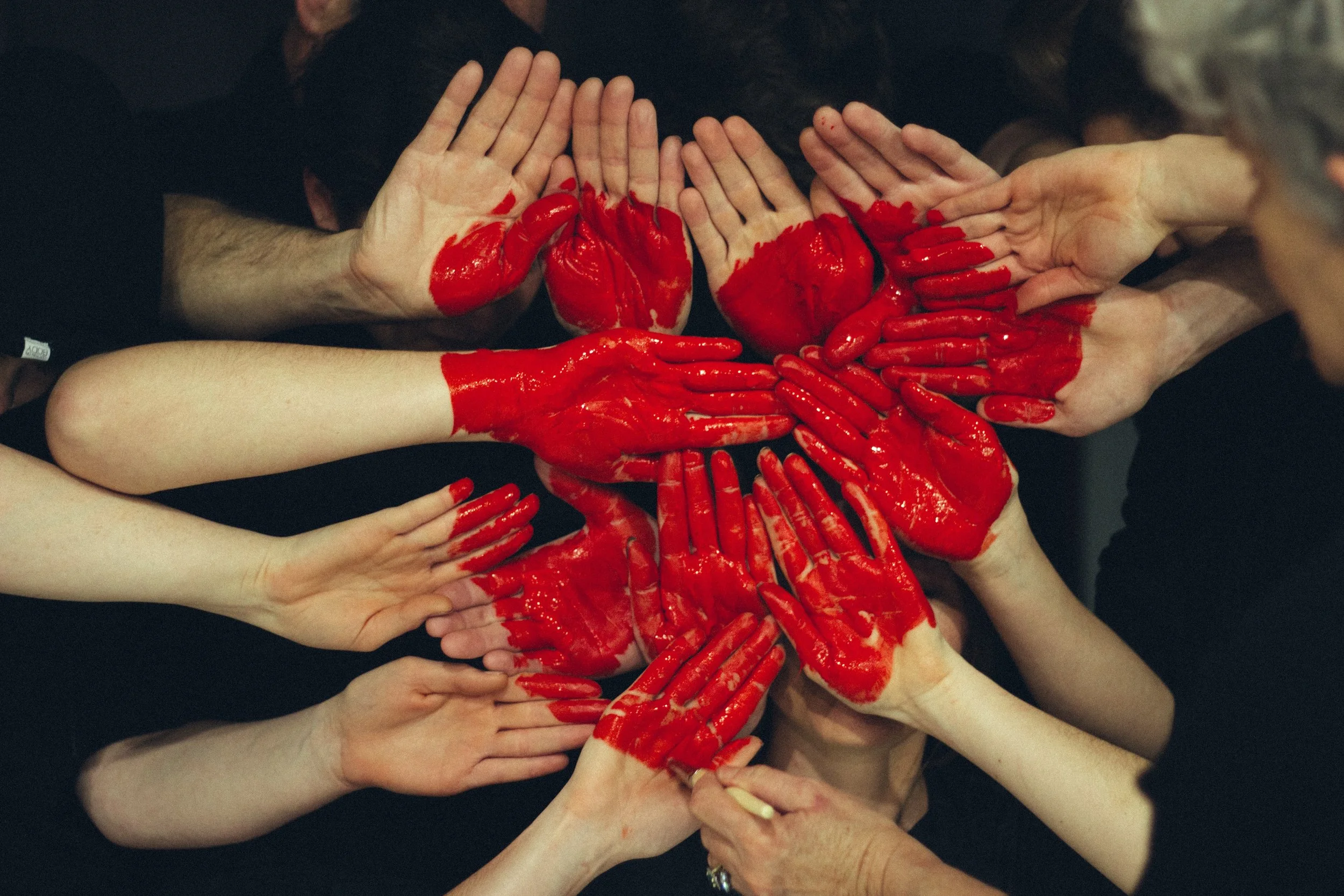
Stage 2: Define
In the second stage of the challenge, you’ll synthesize your findings from the empathize stage and use them to identify the user problem you want to solve.
You will then define the user problem by formulating a problem statement (How might we…), which outlines the challenge you will address from a user’s perspective. This is a great way to frame your design challenge so that your solution addresses the problem. We suggest that you come up with a few problem statements, and then select the one you like the most.
Questions to help you synthesize your findings: What common themes did you notice? What are the major takeaways? What seems to be the biggest challenge they face?
Here is the template we recommend you follow:
How might we _________ (Intended Action - Eg. encourage, improve, increase)
For ____ (Primary User - Eg. elderly, ethnic minorities, low-income families)
So that _________ (Desired Outcome - Eg. affordable, inclusive, better wellbeing)
Your problem statement should be broad enough that it doesn’t limit ideas, but also specific enough that you can focus on something achievable. Here’s an example:
Too broad: How might we improve the quality of life for elderly people?
Too narrow: How might we use technology to make cooking easier for elderly people so that they can enjoy a better quality of life?
Just right: How might we make daily life easier for elderly people so that they can experience less frustration and enjoy a better quality of life?
Other examples of problem statements:
How might we help teenagers decrease social media addiction so that they can live healthier lives?
How might we encourage families to decrease their food waste so that less pollution is produced?
How might we improve the understanding and acceptance of people with disabilities so that they face less discrimination?


